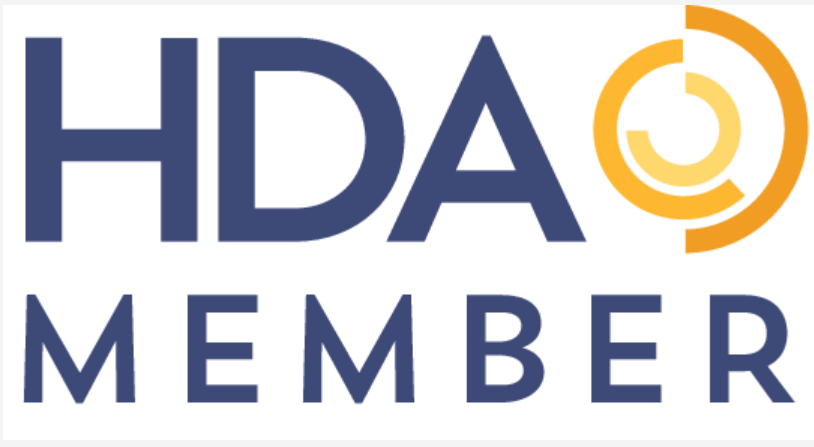FDA Form 483 Observations for DSCSA Requirements Are Happening!
Key Observations from Recent FDA 483 Letters: Preparing for DSCSA Enforcement
As an experienced DSCSA consulting firm that has conducted more than forty DSCSA assessments or mock audits, we continuously monitor developments in regulatory enforcement to ensure that our clients are well-prepared. Recently, information was shared with industry peers from a Freedom of Information Act (FOIA) request highlighting some key findings from FDA 483 inspection observations related to DSCSA compliance. These 483s are listed, at a higher level, in FDA's database and should become more visible once fully published.
We focused on some text that we feel is most critical for DSCSA related updates.
Click here to download the text.
The insights gained from these documented observations from FDA inspections and investigations align with the most common requirement gaps found in the assessments we have conducted over the past several years. Here, we share some key takeaways and recommendations based on this information to help you fortify your compliance efforts.
1. Importance of Quality Documented and Trained SOPs
One of the consistent themes in the 483 observations is the FDA’s focus on Standard Operating Procedures (SOPs) failing to establish systems and processes for ensuring compliance with the verification requirements of Section 582 (b) (4) (section 582 (c) (4) for distributors and Section 582 (d) (4) for dispensers). This is a critical area for DSCSA compliance that requires more than copy-and-paste generic templates and user manuals from solution providers. Procedures need to be clearly aligned with your organization specifics including systems, process steps, physical descriptions, and well connected with existing procedures and formats.
Our Thoughts: Evidence of templates or copy/paste verbiage is a red flag that inspectors may take as a sign of ineffective procedures. If your SOPs have not been updated for a while, pressure tested for appropriate DSCSA connections, or haven’t been reviewed and trained recently, now is the time to act. Ensure all employees understand their roles within the DSCSA framework and training events are documented to demonstrate SOPs effectiveness. Consider conducting regular training refreshers and mock audits to test the knowledge and readiness of your teams. In addition, you should ensure any GTINs that your organization packages are listed in an industry wide VRS lookup directory.
2. Intake of Suspect/Illegitimate Notices and Action Clarity
One finding highlighted a disconnect between the intake of information (e.g., alert of a cargo theft instance) and the actions taken as a result. This lack of clarity or follow-through can lead to serious gaps in DSCSA compliance, particularly in time-sensitive requirements such as responding to a product tracing inquiry. You should consider any method that your organization determines is required to support your partners such as electronic messages, e-mail, phone, or other.
Our Thoughts: Review your workflow processes to ensure that every step, from intake to resolution, has clear and actionable steps that can be appropriately investigated, documented, and communicated. All impacted stakeholders should know exactly what to do in these scenarios, and those actions should be tied back to your documented SOPs. These often vary by organization and you should review with any regulatory, legal, or other advisory as needed.
3. Timeliness of Response
Another area that received attention in these FDA observations was the timeliness of responses when illegitimate products were identified. In our experience, companies often have unclear or incorrect timeframes for specific actions, especially when notifying the FDA or immediate trading partners.
Our Thoughts: Build clear timeframes into your SOPs for each DSCSA-mandated action. There should be clarity when a time sensitive event is determined and how it will be monitored and managed to comply. Train your teams on these timeframes and ensure there is a tracking mechanism in place to ensure deadlines are met.
4. Need for Regular “Effectiveness Checks”
While not specifically called out in the 483s, it is critical to ensure your organziation has plans to avoid SOPs becoming stale and missing important updates. DSCSA is evolving and you should not treat it as a "once and done" project.
Our Thoughts: Conduct regular effectiveness checks on your DSCSA compliance systems and processes. These checks should assess whether your SOPs are being followed correctly, whether timelines are met, and whether new employees are being trained. Use mock audits and external reviews to ensure objectivity and identify any areas for improvement. Also, be prepared to review and adjust your processes based on new FDA guidance or other industry DSCSA updates.
Final Thoughts:
These recent FDA 483 observations reinforce the importance of having clear, documented, and actionable SOPs and processes for DSCSA compliance. With enforcement ramping up, now is the time to ensure your company is audit-ready. We hope these insights help you refine your approach and prepare for any upcoming inspections.
Ten Count continues to offer a free initial consultation to help trading partners of any size or sector understand their requirements and what is needed to comply, and have processes independently pressure tested.
Reach out to us through info@tencountconsulting.com




